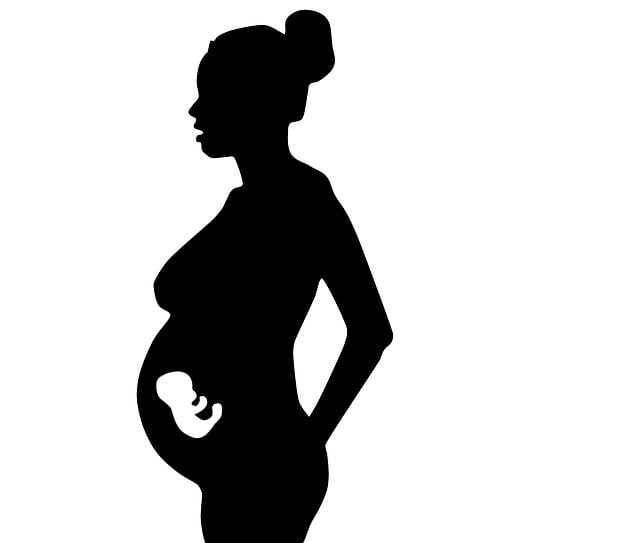Immunizations play a critical role in ensuring your baby’s health and well-being. The American Academy of Pediatrics (AAP), in collaboration with the Centers for Disease Control and Prevention (CDC), has established a comprehensive vaccination schedule. If your child has specific health concerns or a family history of allergic reactions, consult with your pediatrician to potentially create a personalized vaccination timeline.
Understanding the necessity of these vaccinations can ease the emotional toll of pediatric visits. Here’s an overview of the latest vaccination schedule from the AAP (updated 01/2014):
Hepatitis B Vaccine (HepB)
Why is it important? Hepatitis B is a viral infection that can lead to severe liver diseases, including cirrhosis and cancer.
When is it administered? The first dose is typically given within the first week after birth, often before leaving the hospital. The second dose is administered between 1 and 2 months, and the third around 6 months.
Possible side effects? Mild soreness at the injection site and fussiness are common.
Rotavirus Vaccine (RV)
Why is it important? Rotavirus is a leading cause of severe diarrhea and vomiting in infants. This vaccine is given orally.
When is it administered? The first dose is given at 2 months, followed by a second at 4 months, and potentially a third dose at 6 months depending on the vaccine brand.
Possible side effects? Mild diarrhea and fussiness may occur.
Diphtheria, Tetanus, and Pertussis Vaccine (DTaP)
Why is it important? This combination vaccine protects against three serious diseases: diphtheria, tetanus, and pertussis (whooping cough).
When is it administered? Your baby will receive five doses: at 2, 4, and 6 months, with additional doses at 15-18 months and between 4-6 years.
Possible side effects? Tenderness, swelling, redness, fever, and reduced appetite are typical side effects.
Haemophilus Influenzae Type B Conjugate Vaccine (Hib)
Why is it important? The Hib vaccine protects against infections such as meningitis and pneumonia caused by Haemophilus influenzae type b.
When is it administered? Four doses will be given: at 2, 4, 6 months, and between 12-15 months.
Possible side effects? Fever and tenderness at the injection site can occur.
Pneumococcal Conjugate Vaccine (PCV13)
Why is it important? PCV13 protects against serious infections caused by Streptococcus pneumoniae, including pneumonia and meningitis.
When is it administered? The vaccine is given in four doses: at 2, 4, and 6 months, and between 12-15 months.
Possible side effects? Common side effects include fever and injection site redness.
Inactivated Polio Virus Vaccine (IPV)
Why is it important? IPV protects against polio, a virus that can lead to paralysis.
When is it administered? Your child will receive four doses: at 2, 4, and between 6-18 months, with a final dose between 4-6 years.
Possible side effects? Mild soreness or redness at the injection site may occur.
Measles, Mumps, and Rubella Vaccine (MMR)
Why is it important? The MMR vaccine protects against three highly contagious diseases that can cause serious complications.
When is it administered? Two doses are typically given: the first between 12-15 months and the second between 4-6 years.
Possible side effects? Rash, fever, and joint aches are common side effects.
Varicella Vaccine (Chicken Pox)
Why is it important? This vaccine helps protect against chickenpox, a highly contagious disease.
When is it administered? Two doses are given: the first between 12-15 months and the second between 4-6 years.
Possible side effects? Soreness at the injection site and mild fever may occur.
Hepatitis A Vaccine
Why is it important? Hepatitis A can cause liver inflammation and is often asymptomatic in young children.
When is it administered? Two doses are given: the first between 12-23 months and the second 6-18 months later.
Possible side effects? Side effects may include injection site soreness, headache, and loss of appetite.
Meningococcal Conjugate Vaccine, Quadrivalent (MCV4)
Why is it important? MCV4 protects against meningococcal disease, which can lead to serious infections.
When is it administered? Recommended for high-risk children: the first two doses between 9-23 months, and booster doses at 11-12 years and 16 years.
Possible side effects? Redness and soreness at the injection site are common.
While vaccinations can be stressful, they are essential for your baby’s long-term health. Fortunately, your little one likely won’t remember these experiences.
For further insights on home insemination, check out our post on the At-Home Insemination Kit. If you’re looking for expert guidance, WebMD offers valuable resources on pregnancy and home insemination. You can also learn more about the Cryobaby Home Intracervical Insemination Syringe Kit Combo for effective self insemination.
In summary, staying informed about your baby’s vaccination schedule is crucial for their health and protection against serious diseases. Consult with your healthcare provider to ensure your child receives the appropriate immunizations at the right times.
Keyphrase: Baby vaccination schedule
Tags: [“home insemination kit” “home insemination syringe” “self insemination”]
